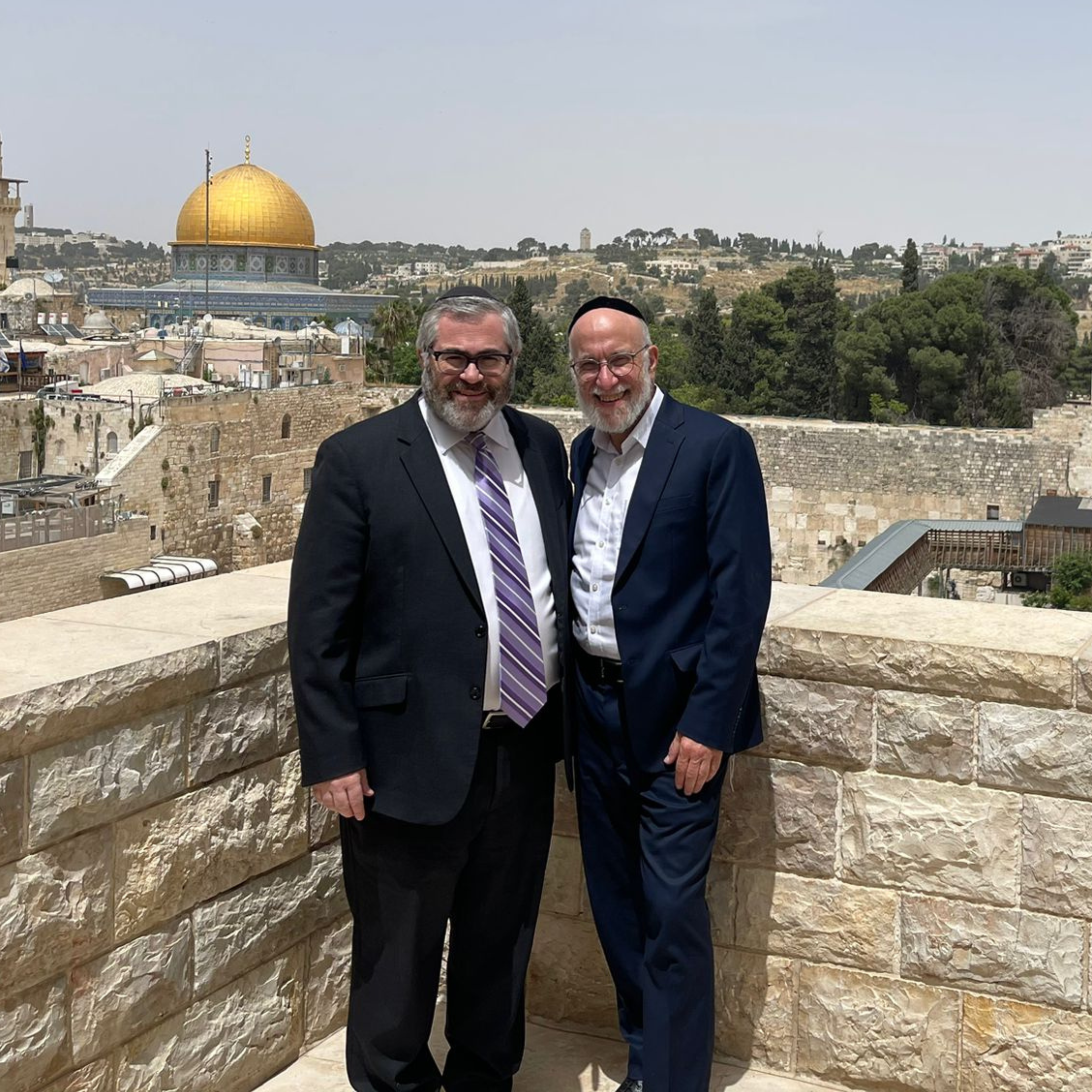

Over the past quarter century, the city of Holon has successfully transformed its image from a sleepy, gritty bedroom community to a cultural center with an emphasis on children and family.
Holon was established back in 1935 on sand dunes—ergo the name Holon, from the Hebrew word for sand. The community of Holon was also mentioned in the Bible’s book of Joshua (21:15).
Located in the central Gush Dan region, Holon was home to many of the country’s first industrial enterprises and is still one of the largest industrial zones in Israel. Starting in the 1970s, the city’s image became tarnished primarily due to the departure of many factories and the dearth of quality modern housing. Consequently, many young families left Holon for more fashionable communities that boasted newer housing supply and high-tech employment opportunities.
When Mayor Motti Sasson was elected back in 1993, he and his dedicated team embarked upon a city-wide renaissance. They decided to leverage the city’s strong family atmosphere and good educational system to help transform Holon into a leading regional metropolis.
The first step in this revolution took place in City Hall, where professionals replaced party cronies in key decision-making positions. After think-tanking for a year, initial change came fast and furious in many areas, starting with improving services for its residents and fostering construction of quality modern housing. A key focus was making Holon a leader in the quality of life of its children through modernizing the parks and upgrading public areas. Lastly, the city aggressively upgraded its cleaning crews to help polish up the streets.
In the program’s second year, the focus turned to education. The kindergartens were upgraded both physically and educationally, with facility renovations, curriculum advancements and teaching-skill upgrades.
In subsequent years, the municipality put its efforts into upgrading and constructing new elementary and secondary schools and developing cutting-edge curricula. In addition, the municipality initiated innovative coaching programs for all school principals, which significantly contributed to the city’s educational revolution.
Simultaneous with these initiatives, the municipality initiated creative extracurricular programming and facilities, which strengthened Holon’s image as the Children’s City. Holon introduced annual cultural events and festivals that draw many visitors from across the country. On a grander scale, the most ambitious project was the establishment of the Children’s Museum, which houses many exhibits and exceptional programs such as Dialogue in the Dark and Invitation to Silence.
Other substantial projects include a cultural center called the MediaTech—which integrates a library, a creative theater center, a design and resource center for designers, a comics museum and a cinema—and The Holon Design Museum, a museum of design and contemporary culture, which is housed in an extraordinary, iconic building.
The next stage in the city’s development has been the expansion of its economic base through private-sector investment to attract commerce, constructing modern housing to keep up with its population of almost 200,000 residents, and continually creating trailblazing children’s programming and facilities.
Despite its relatively advanced age, the City of Holon has proven that with vision and commitment, renewal and innovation is possible—a great inspirational message for us all!
Gedaliah Borvick is the founder of My Israel Home (www.myisraelhome.com), a real estate agency focused on helping people from abroad buy and sell homes in Israel. To sign up for his monthly market updates, contact him at gborvick@gmail.com.










